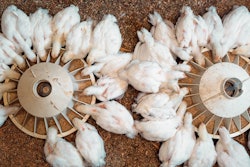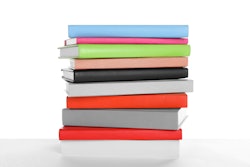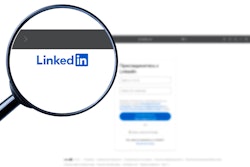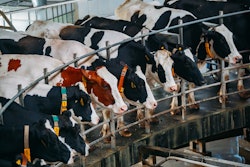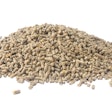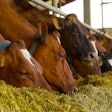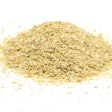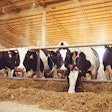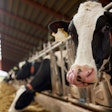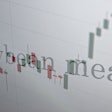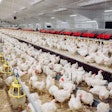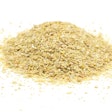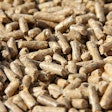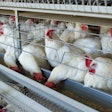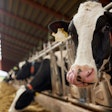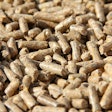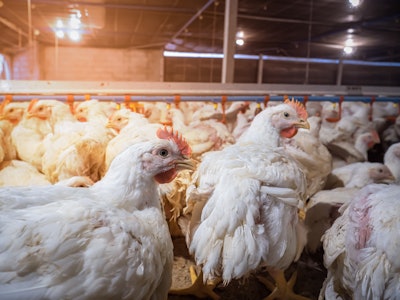
In my second blog for July, I continue with the theme of feeding heat-stressed broilers. This week, I would like to emphasize the importance of electrolyte balance or, rather, the increase of the electrolyte equilibrium to a more positive figure during months of severe heat stress.
Although recommendations about this practice abound, research is scant. Nevertheless, it is generally accepted that adding more positively charged ions (cations) in the form of salts is the way to go when one needs to increase the dietary electrolyte balance (dEB). In general, and again, based mostly on practical experience, a figure of 150-200 mEq/kg is considered sufficient for broilers. During heat stress periods, this figure is usually increased to 250 mEq/kg. Here, an interesting piece of research showed that only diets low in fermentable carbohydrates benefit from an increased dEB. Thus, my recommendation for low-fiber diets during heat stress should precede this one about increased dEB.
There are several theories that try to explain why an increased dEB is beneficial during heat stress - after all, broilers do not sweat to require ample replenishment of their blood electrolytes. One theory, however, focuses on the excessive panting (instead of sweating), which causes an imbalance of carbonate in blood, and that is why the most commonly used salt is that sodium bicarbonate. However, adding other salts, even sodium chloride (the common table salt), has been shown to help heat-stressed birds. Some experts believe the increased “ash,” or mineral intake, forces birds to consume more water to excrete them, and this helps the bird hydrate better.
We all know hydration is key during heat stress. But, for that, there is more to be said in the next blog.
For now, let me close with the well-known, albeit simple, equation for dietary electrolyte balance, which takes into account a few of the key elements: sodium, potassium and chlorine.
dEB (mEq/kg) = 1,000 x [Na(g/kg)/23 + K(g/kg)/39 – Cl(g/kg)/35.5]


